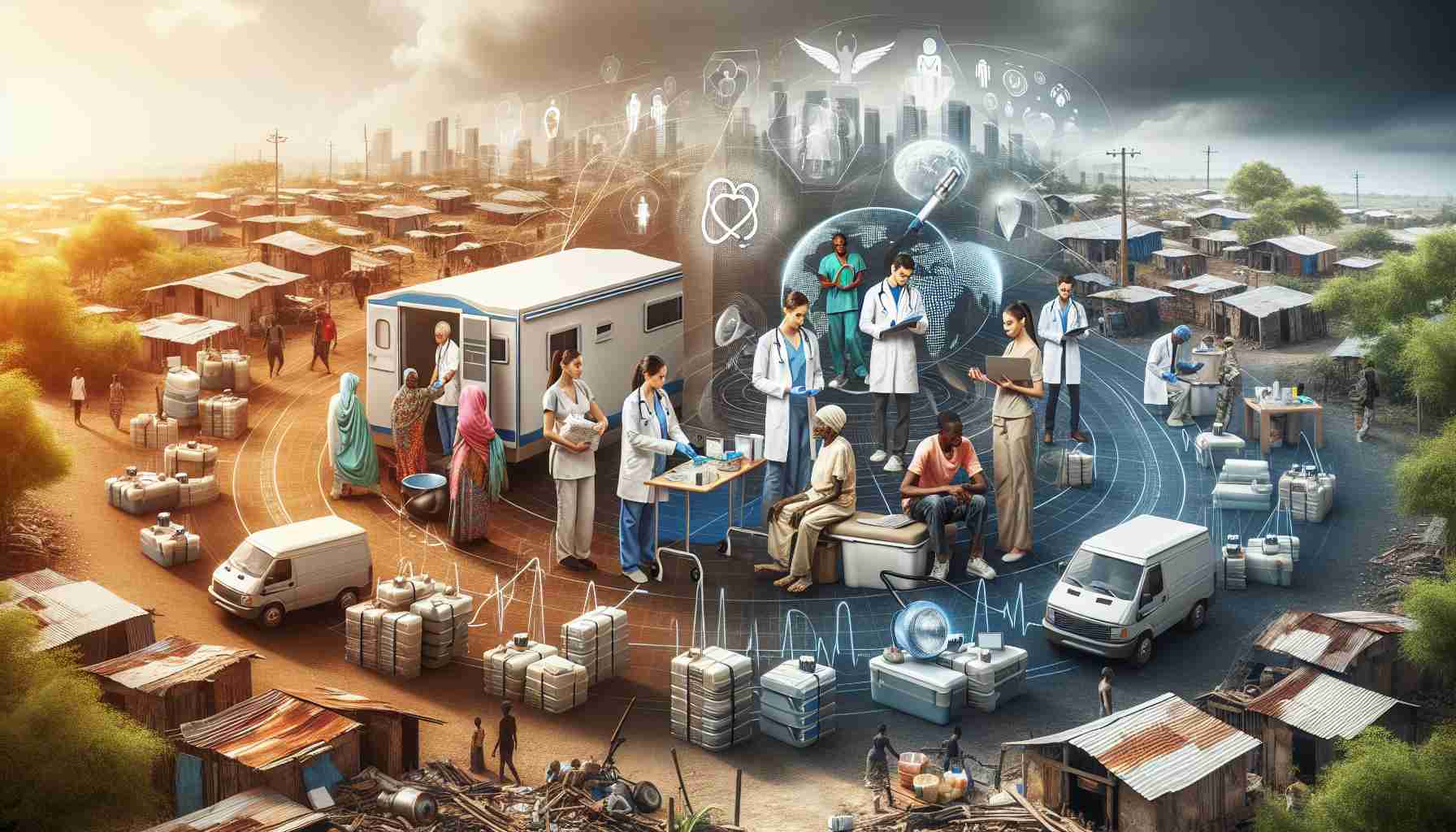A Cutting-Edge Approach to Healthcare DeliveryPresidium Health has revolutionized healthcare delivery for underserved communities by implementing a groundbreaking approach that brings personalized care and services directly to those in need, transcending traditional healthcare settings.
Improved Outcomes and Significant Cost SavingsThrough innovative home-based medical and social services, Presidium Health has achieved remarkable results in reducing hospitalizations and generating substantial cost savings. By targeting high-risk patients and providing tailored care, the company has demonstrated a 53% reduction in hospitalizations, resulting in millions of dollars in savings.
Expanding Reach and ImpactBuilding on its success in San Diego County, Presidium Health is now expanding its operations to other regions in California, including Orange County, Los Angeles County, and the Inland Empire. With a focus on value-based care, the company aims to improve outcomes and reduce costs for a larger population of vulnerable patients.
Empowering Communities Through TechnologyPresidium Health’s proprietary technology platform, STAT (Secure Text Activated Triage), plays a pivotal role in coordinating care services at a population level across California. This virtual health system enables efficient and effective delivery of care, empowering communities with access to essential healthcare services.
Supporting Underserved PopulationsRecognizing the critical need for equitable care, Presidium Health has secured grants to support underserved patients, particularly those enrolled in Medi-Cal. By leveraging its innovative care model and technology platform, the company is transforming the healthcare landscape and improving outcomes for those in need.
A Vision for Transformative CarePresidium Health’s commitment to holistic care encompasses a wide range of services, from in-home medical providers and behavioral health support to food delivery and employment assistance. By addressing both medical and social determinants of health, the company is paving the way for a new era of transformative care.
Shifting Paradigms in Healthcare DeliveryAs healthcare costs continue to rise, Presidium Health’s innovative model offers a sustainable solution to improving care quality while reducing expenses. By prioritizing the needs of underserved populations and leveraging technology to drive efficiency, the company is reshaping healthcare delivery for the better.
Addressing Critical Questions in Revolutionizing Healthcare Delivery for Underserved Communities
Revolutionizing healthcare delivery for underserved communities is a multifaceted endeavor that raises important questions about access, equity, and sustainability. Here are some crucial questions to consider in this context:
1. How can technology be leveraged to enhance healthcare access for underserved populations?
Answer: Technology plays a vital role in expanding access to healthcare services, especially for vulnerable communities. Platforms like telemedicine and remote monitoring can bridge the gap between patients and providers, enabling more convenient and timely care delivery.
2. What are the key challenges in implementing personalized care for underserved populations?
Answer: One of the challenges is ensuring that personalized care is culturally sensitive and addresses the unique needs of diverse communities. Tailoring services to individual patients while considering social determinants of health requires a comprehensive approach that may face logistical and resource constraints.
3. What are the advantages and disadvantages of home-based healthcare delivery for underserved communities?
Answer: Home-based healthcare can improve patient comfort, compliance, and outcomes by providing care in familiar surroundings. However, challenges such as limited access to specialized equipment and potential social isolation for patients must be considered in optimizing this delivery model.
Exploring Key Challenges and Controversies
In the realm of revolutionizing healthcare delivery for underserved populations, several key challenges and controversies emerge:
– Equity vs. Efficiency: Balancing the need for equitable care distribution with the imperative to operate efficiently poses a fundamental challenge. Ensuring that resources are allocated fairly while maximizing outcomes remains a point of contention in healthcare delivery models.
– Regulatory Hurdles: Navigating complex regulations and compliance requirements can hinder the rapid implementation of innovative care approaches. Striking a balance between regulatory adherence and nimble service delivery is a persistent challenge for organizations seeking to revolutionize healthcare access.
– Sustainability of Models: Ensuring the long-term viability of new healthcare delivery models for underserved communities is a pressing concern. Fundamentally reimagining care delivery while maintaining financial sustainability requires careful planning, robust partnerships, and ongoing evaluation.
Suggested Related Links for Further Exploration:
Presidium Health for insights on their innovative approach to healthcare delivery.
Centers for Medicare & Medicaid Services to explore government initiatives supporting healthcare access.
World Health Organization for global perspectives on healthcare delivery challenges and innovations.
